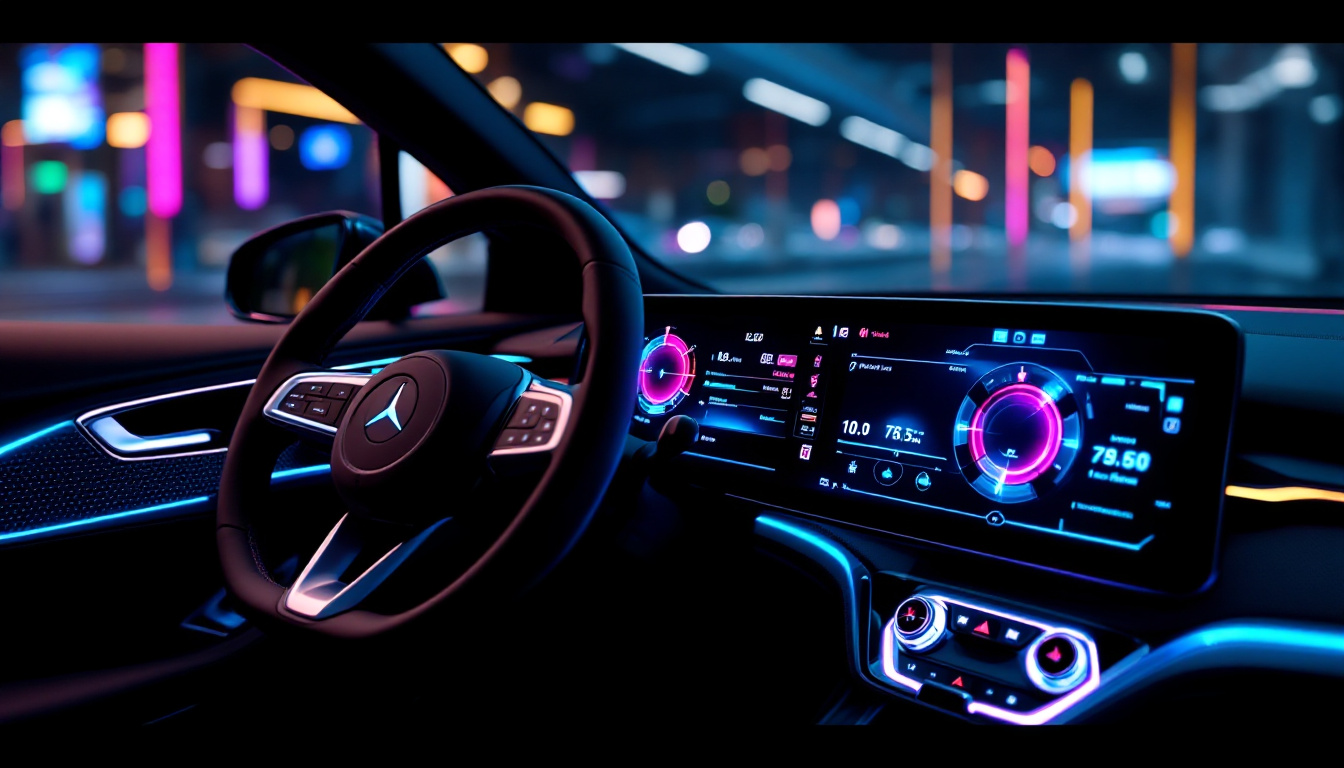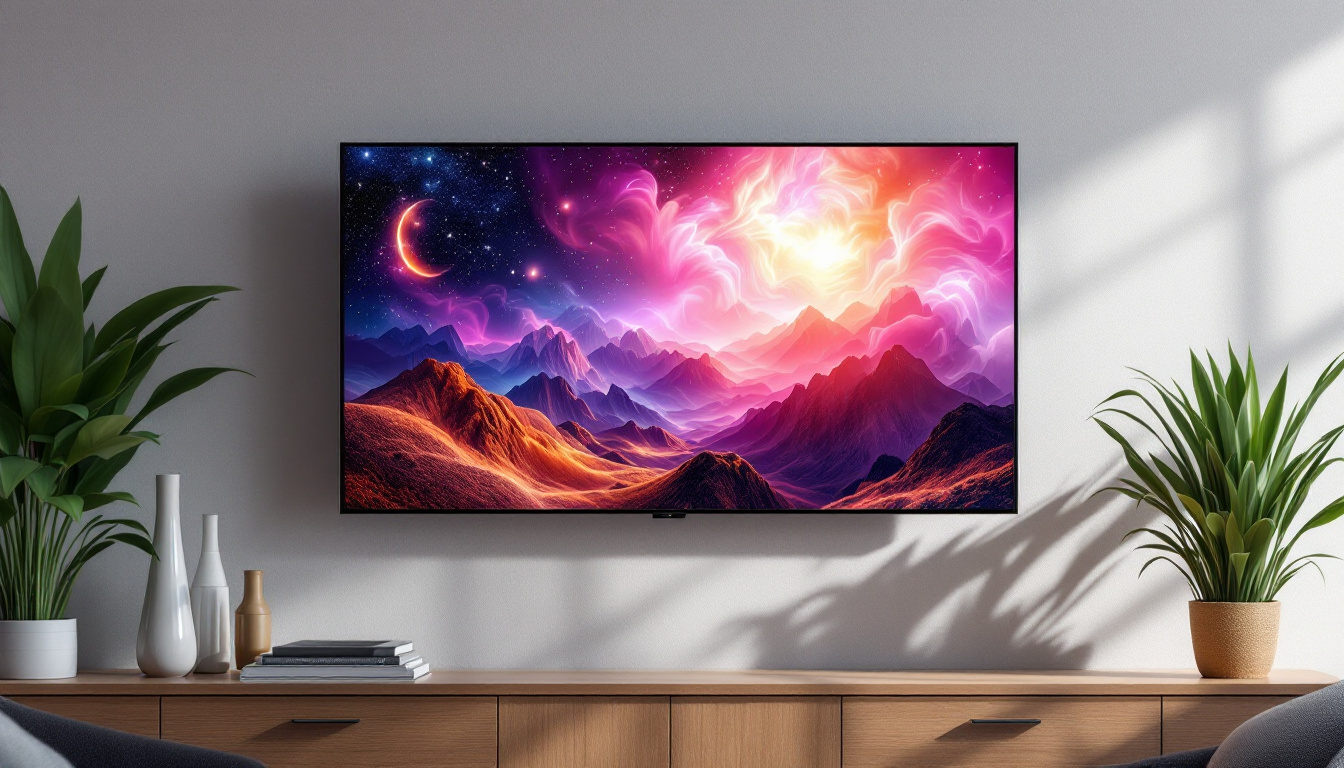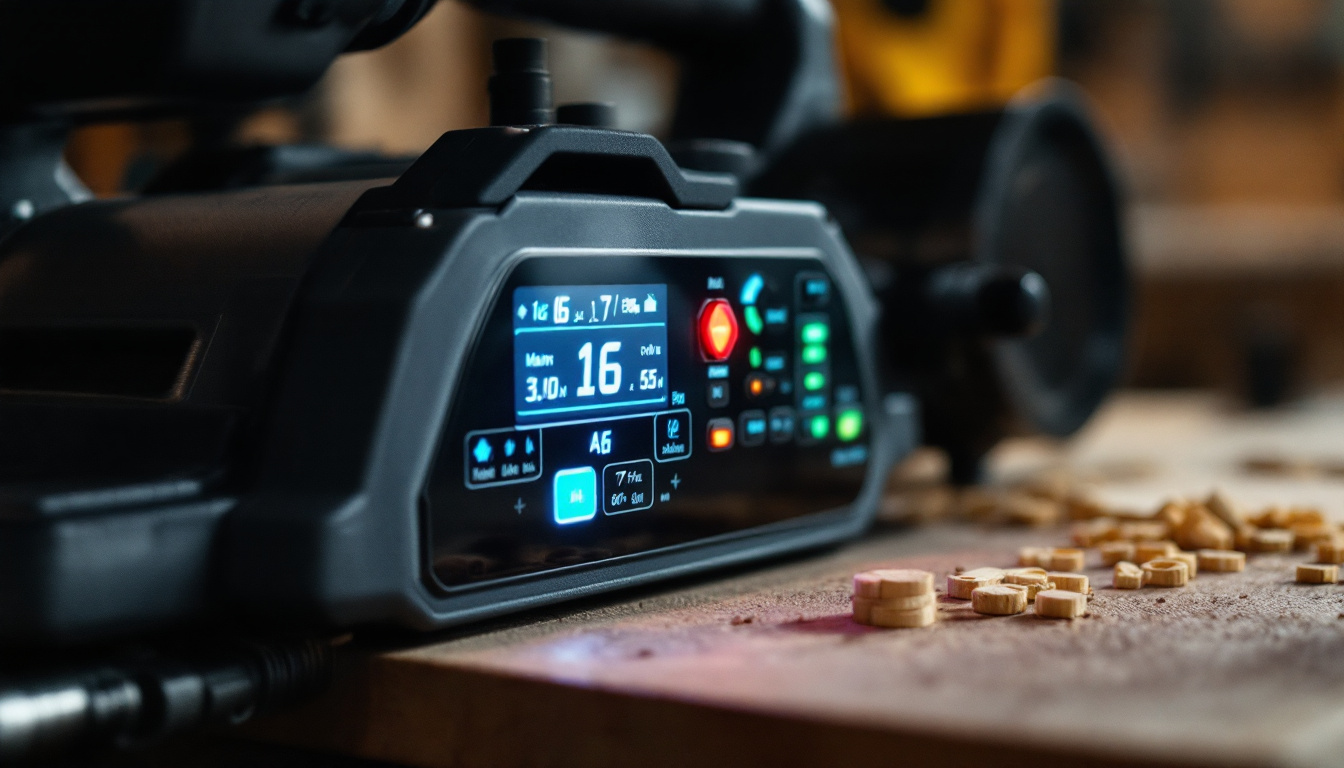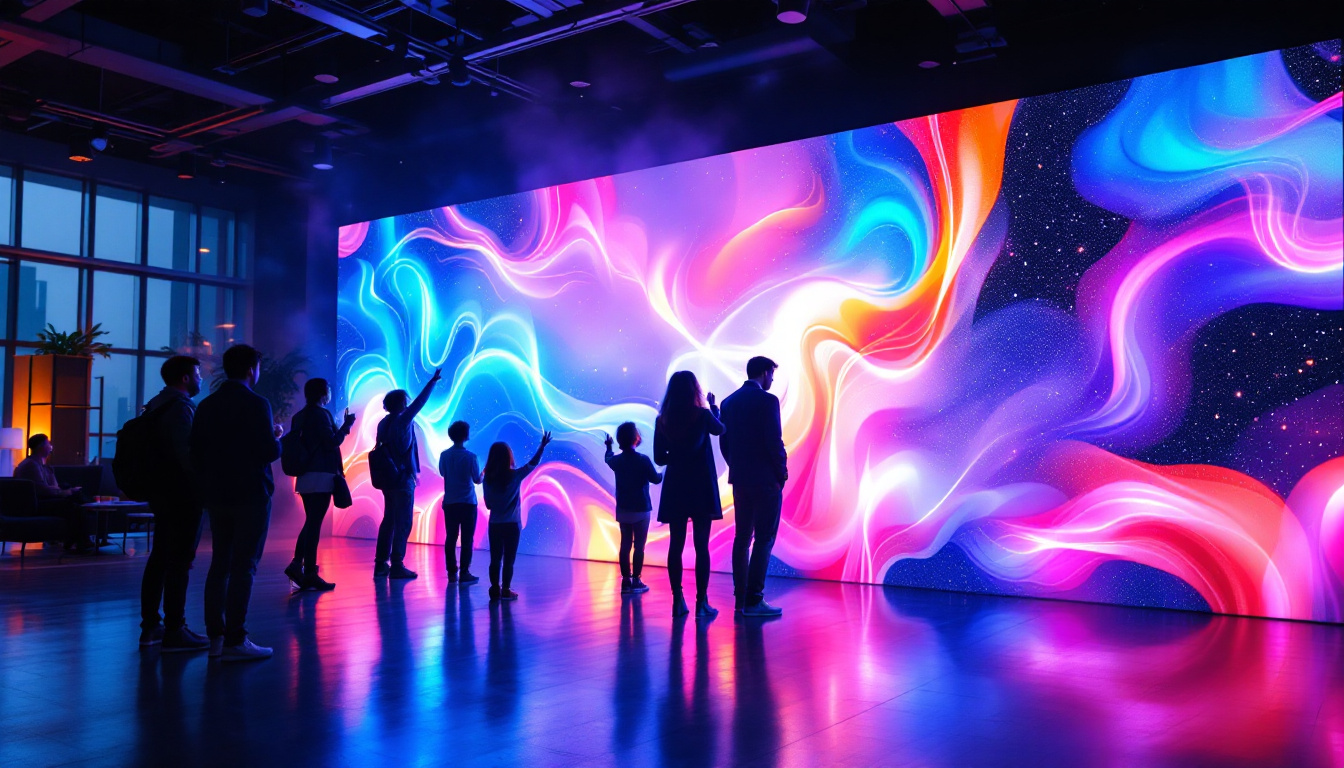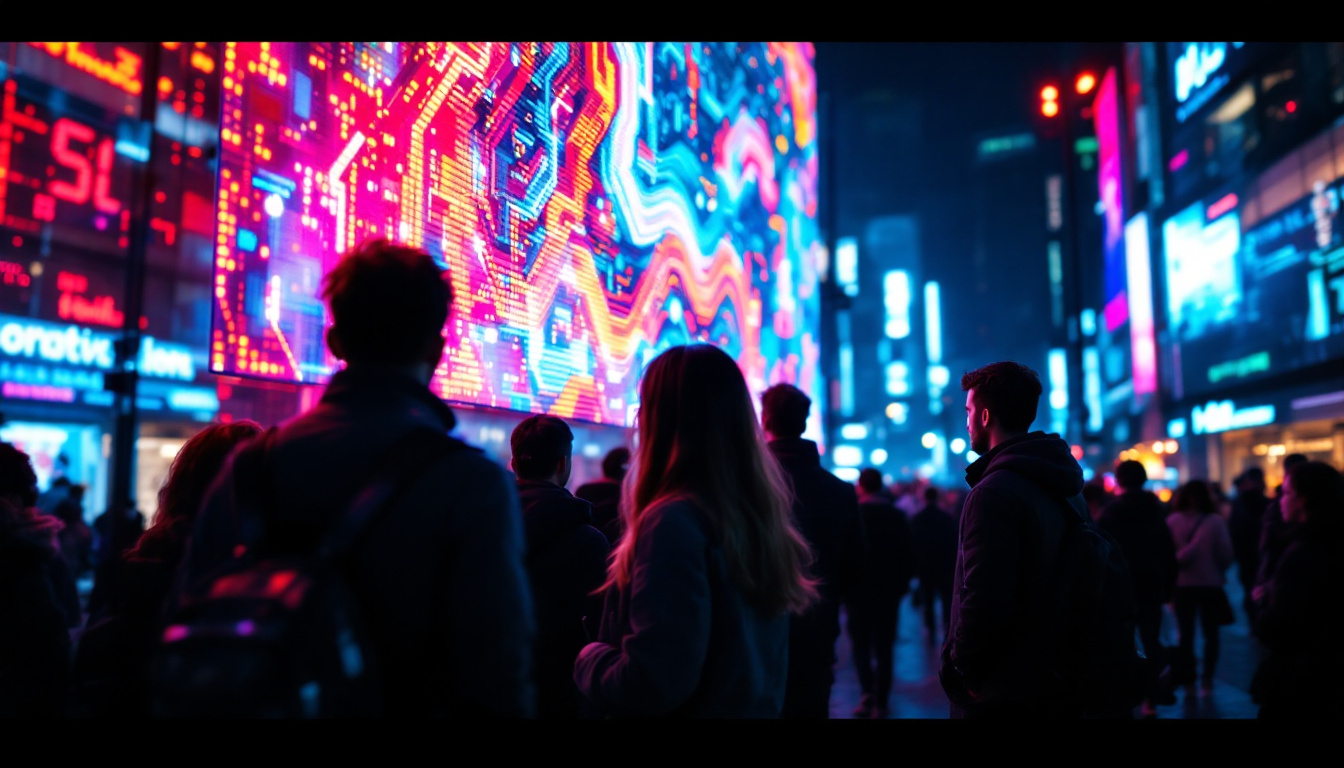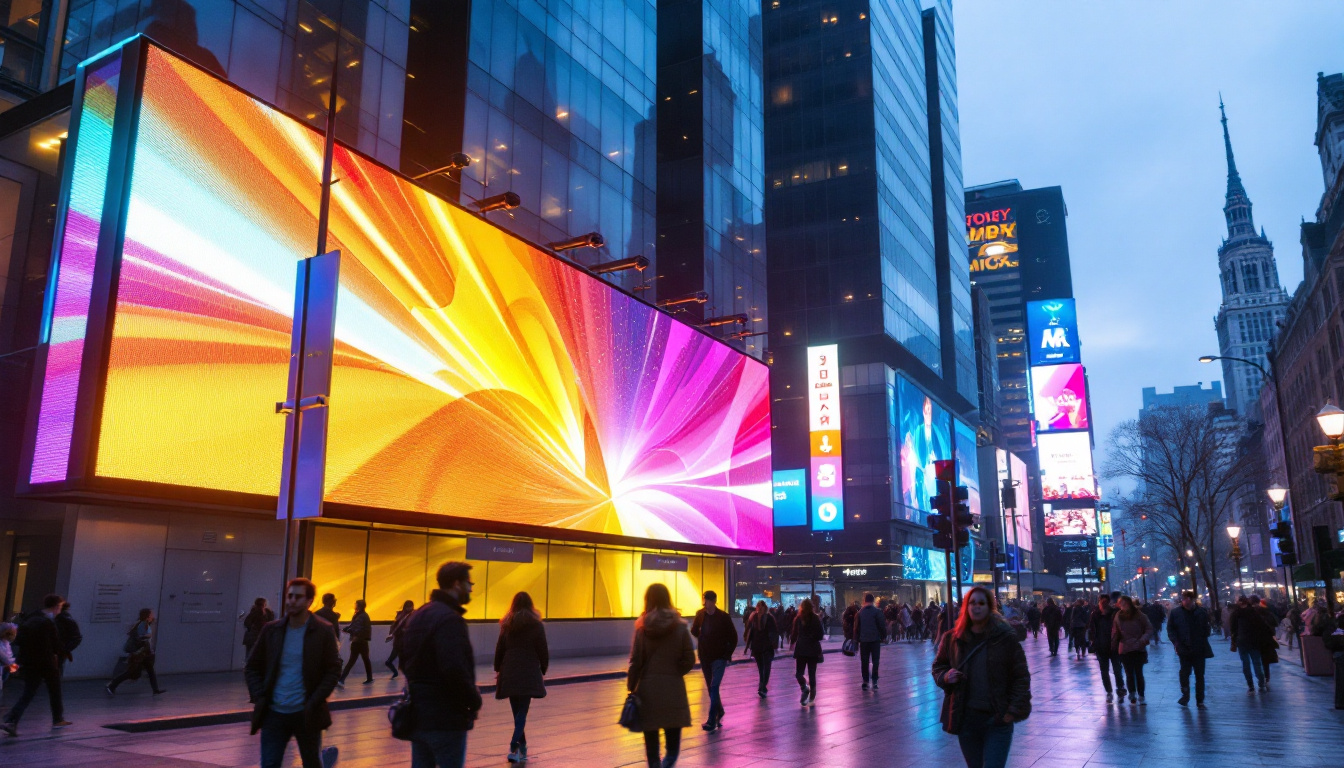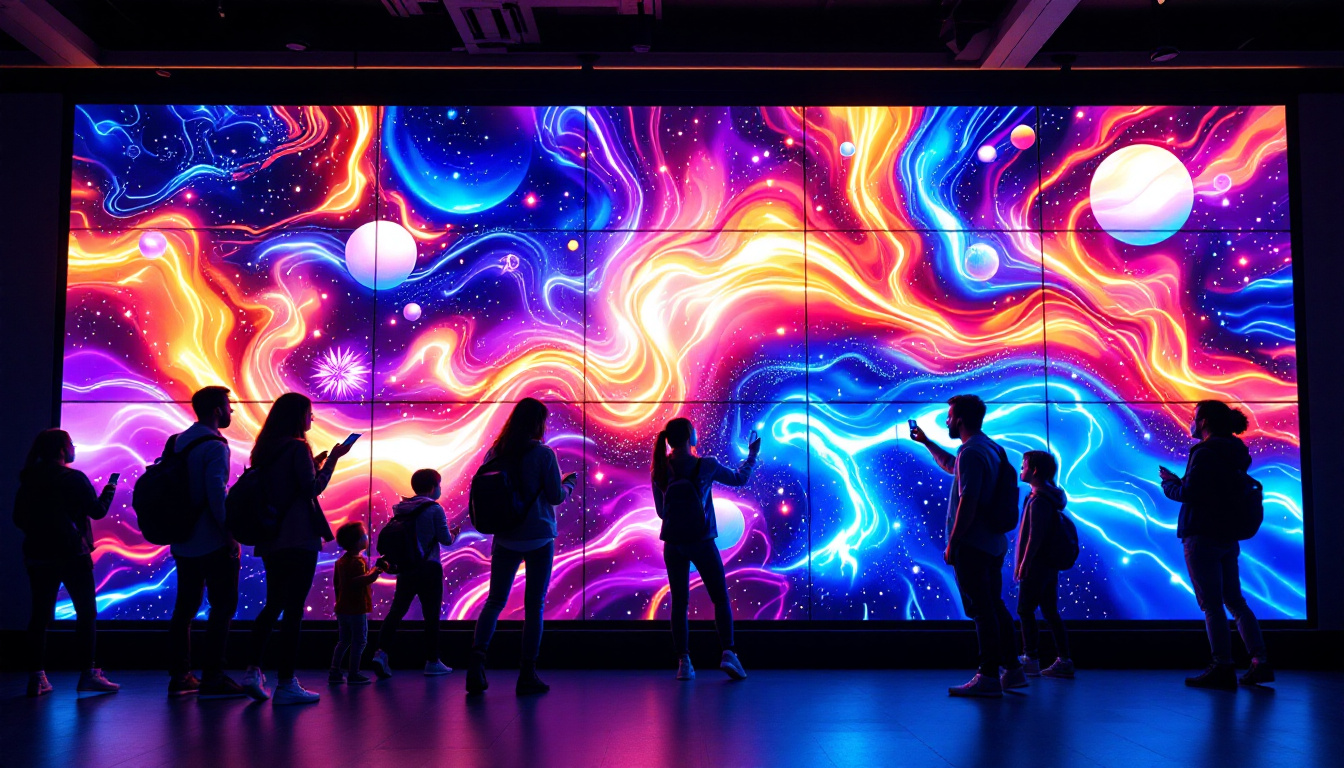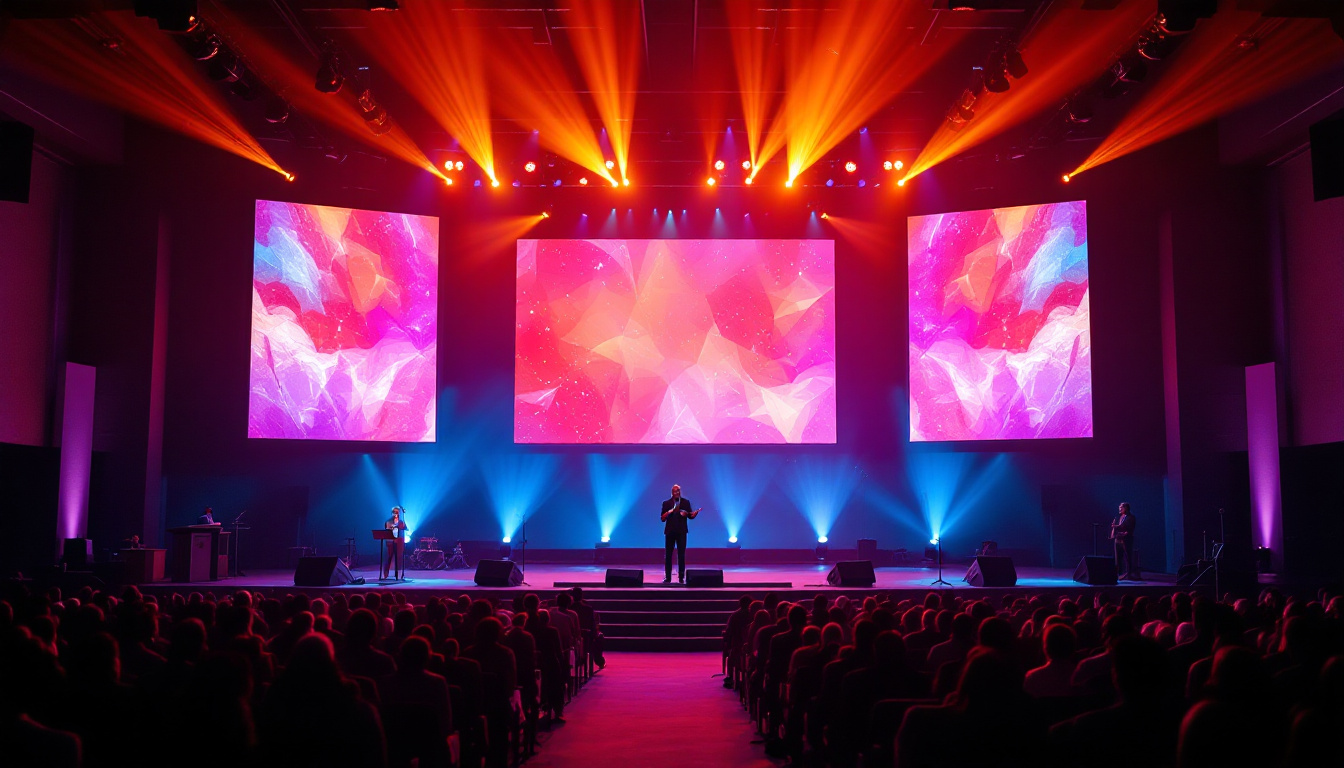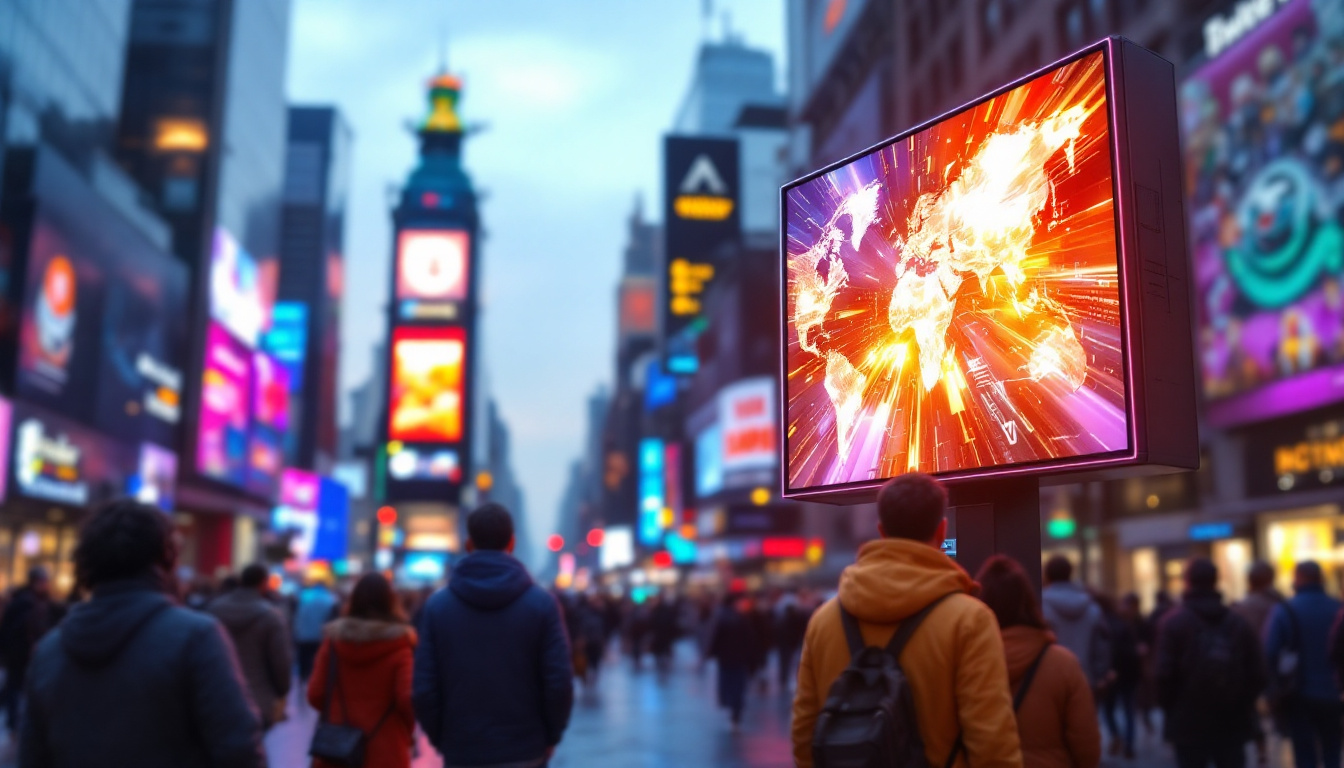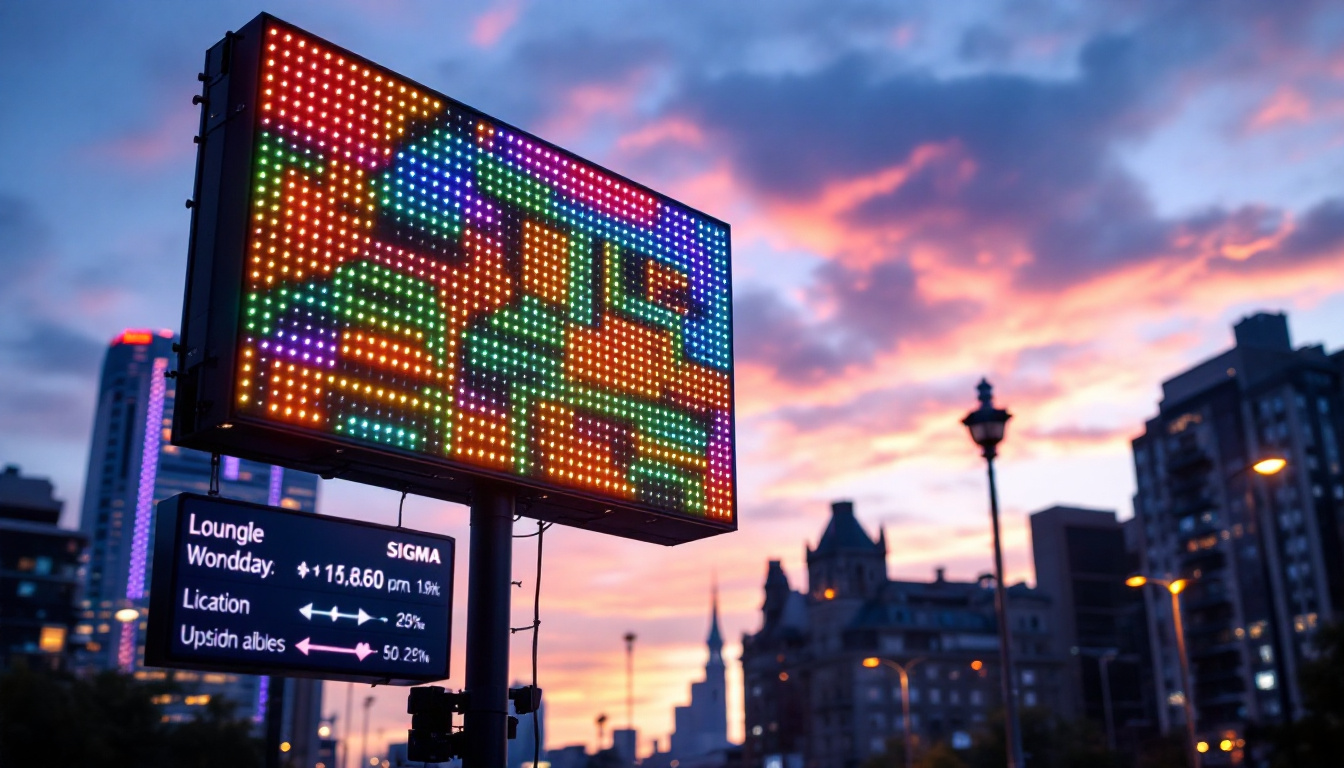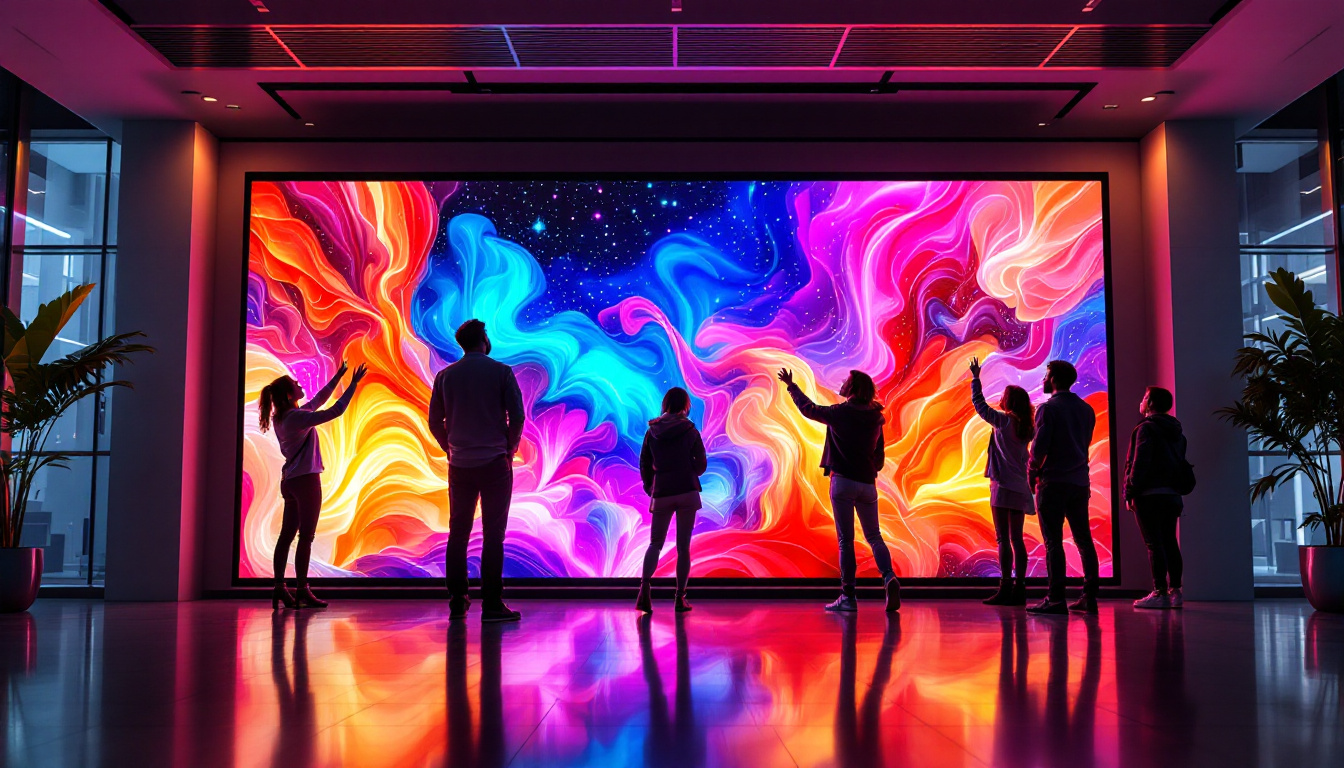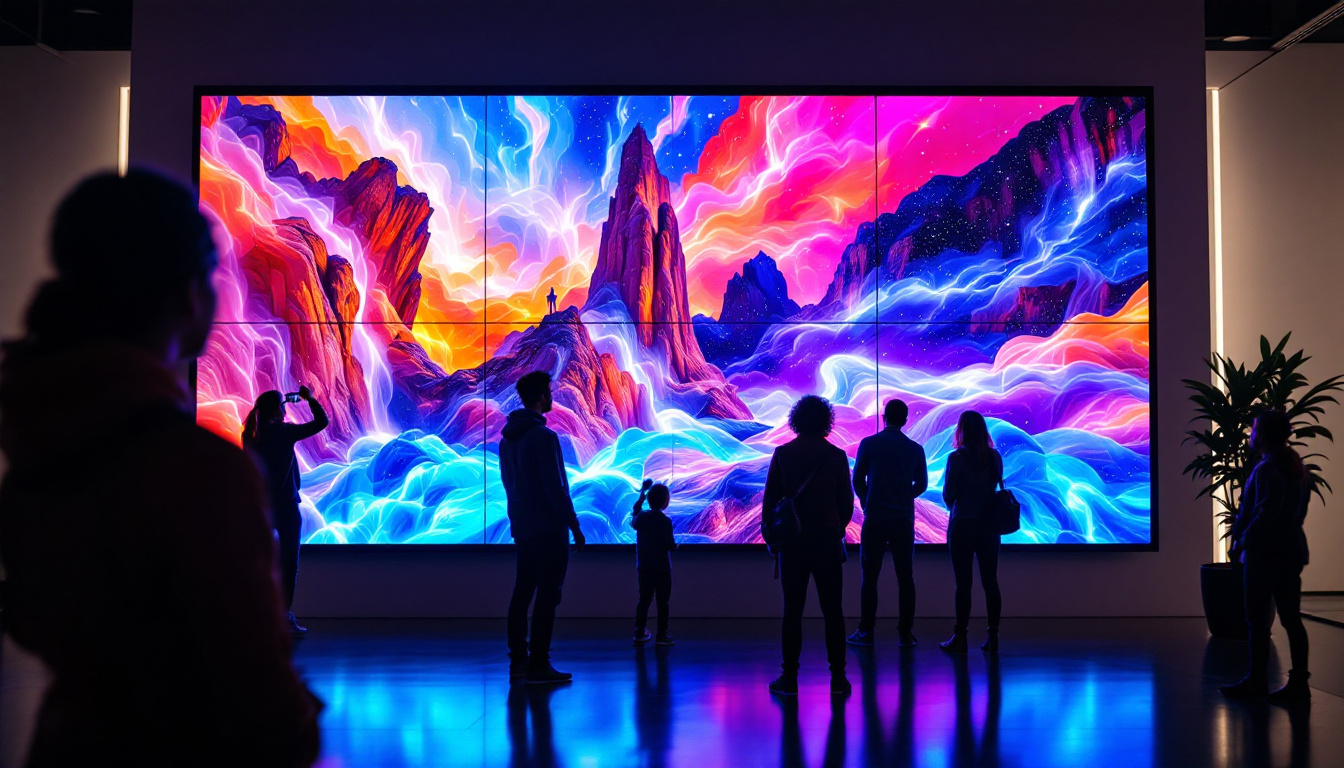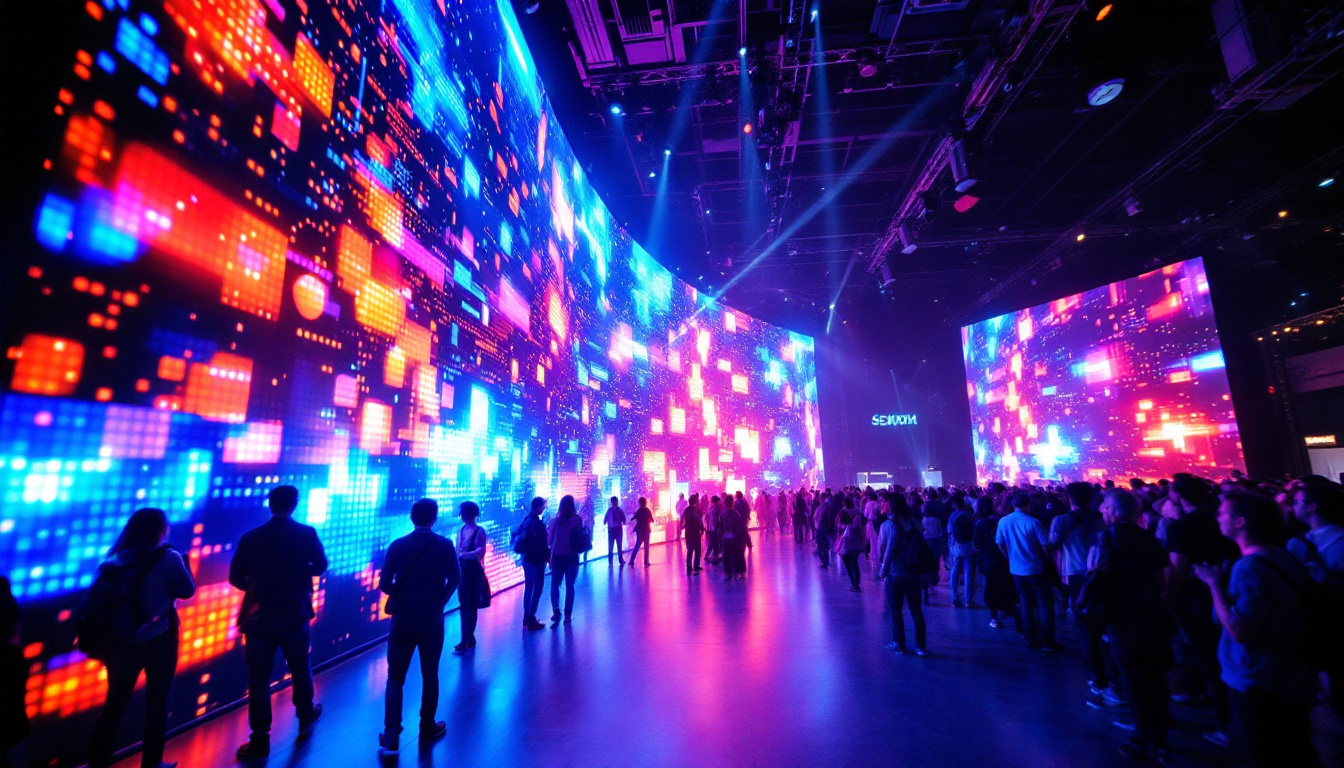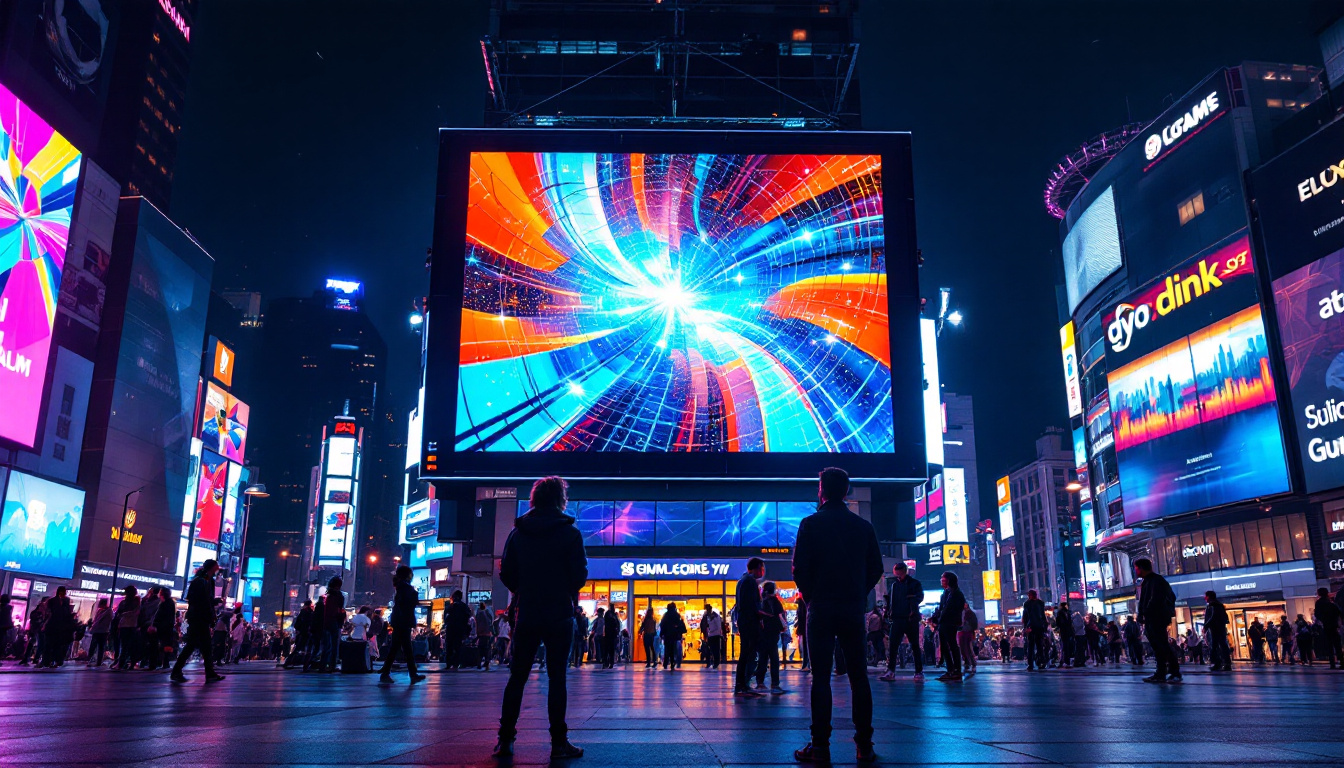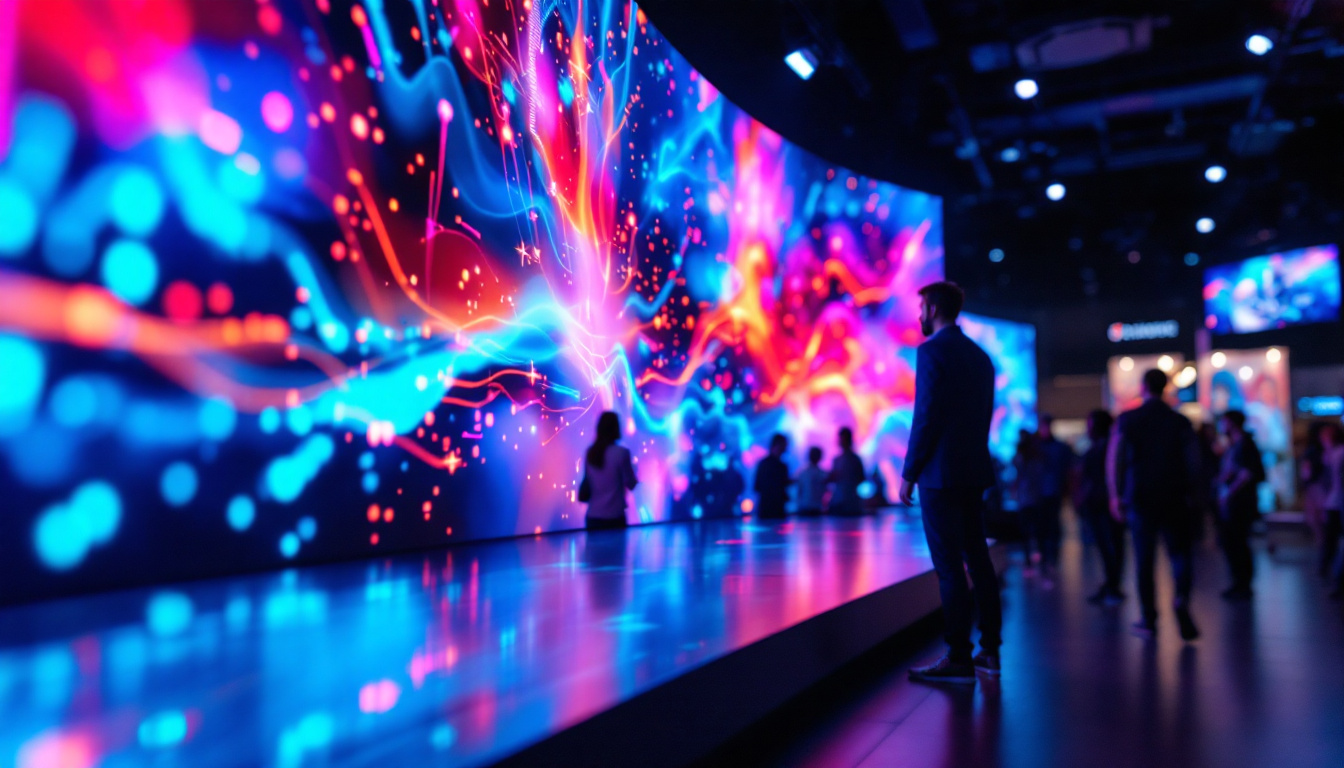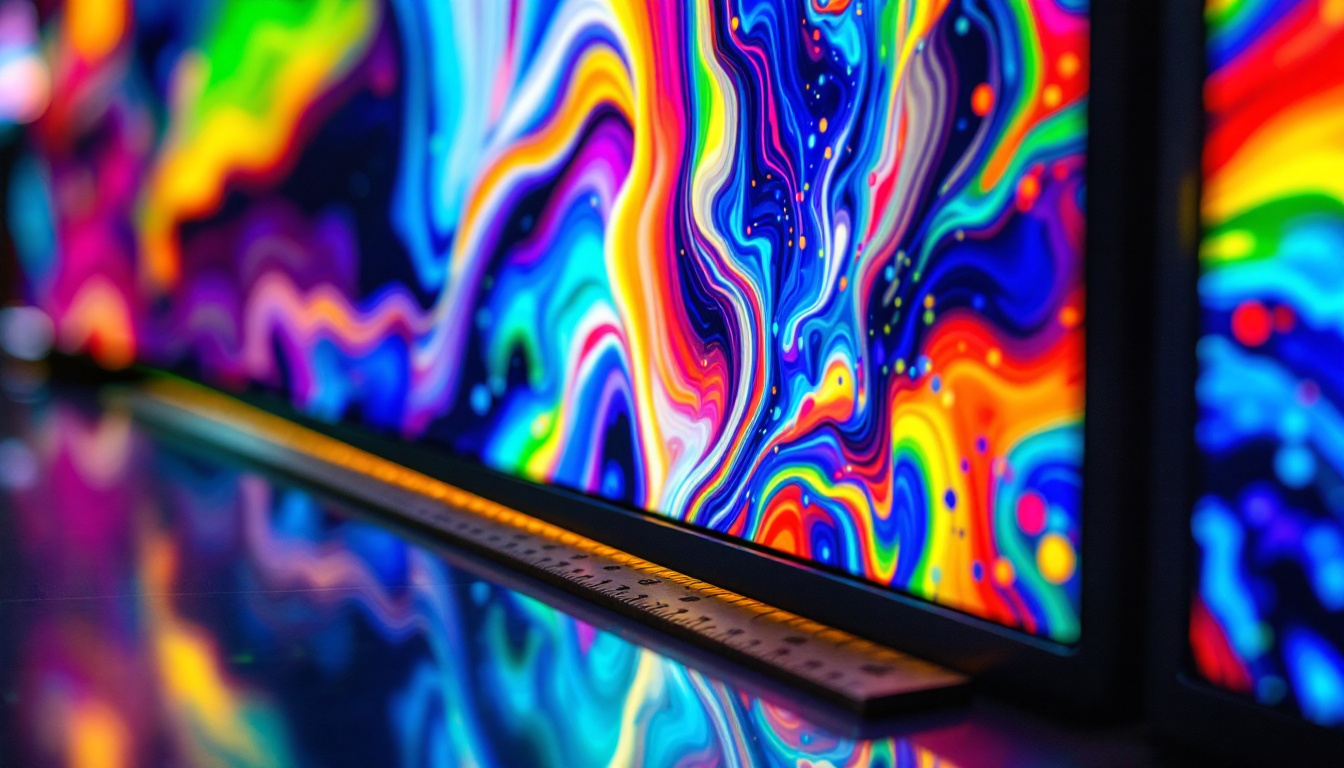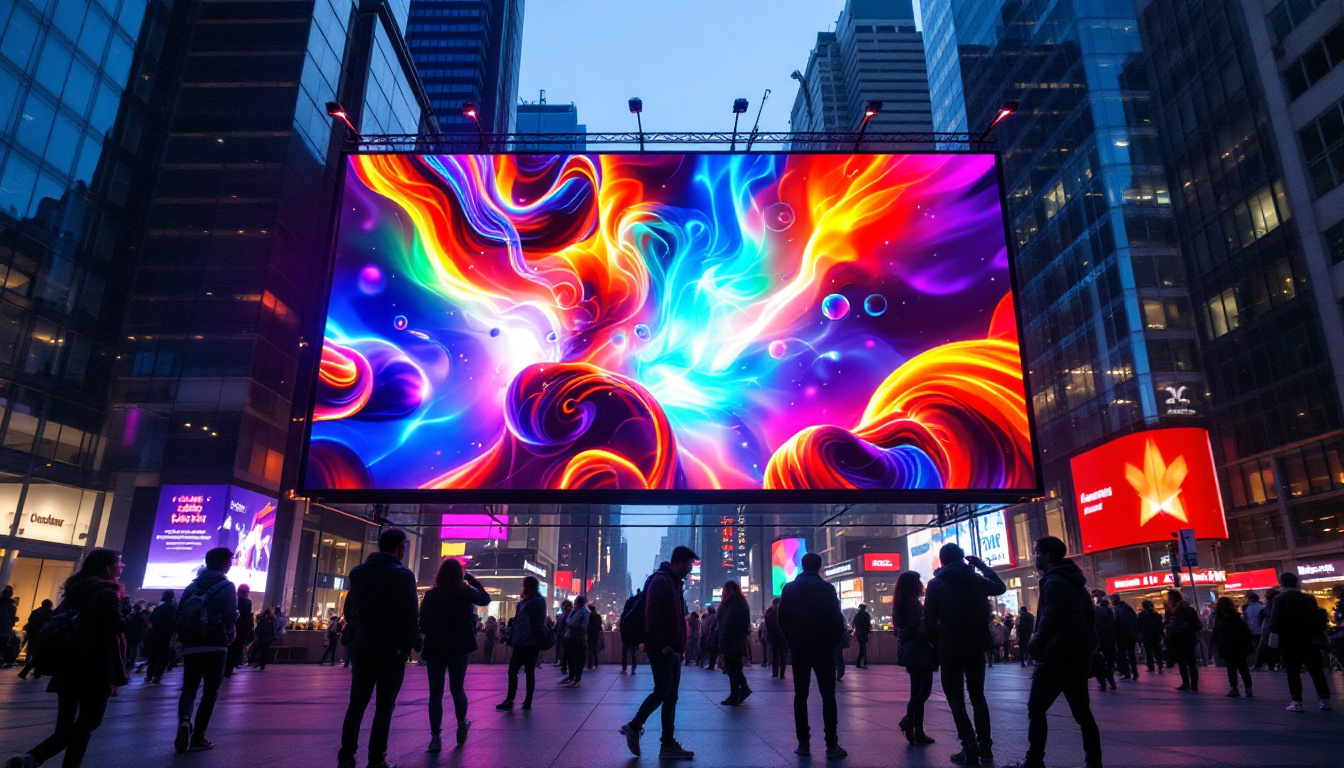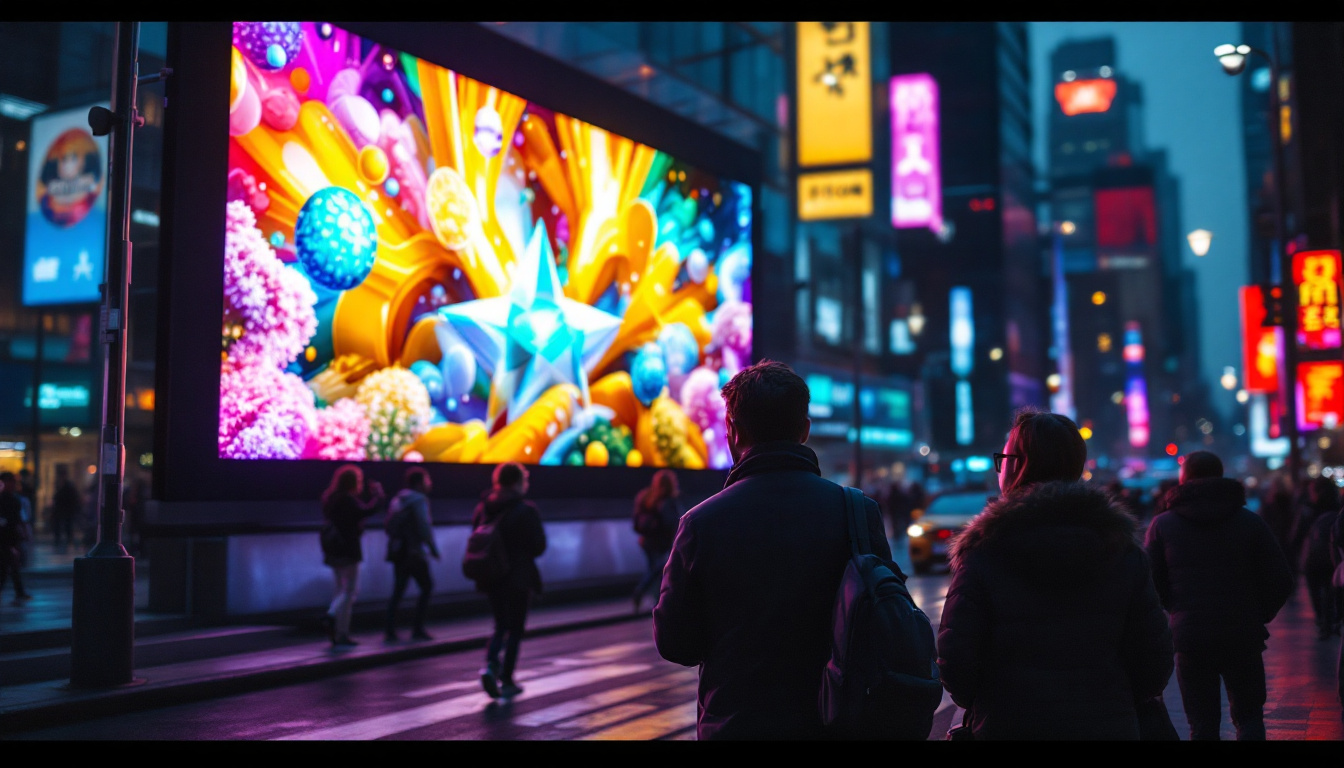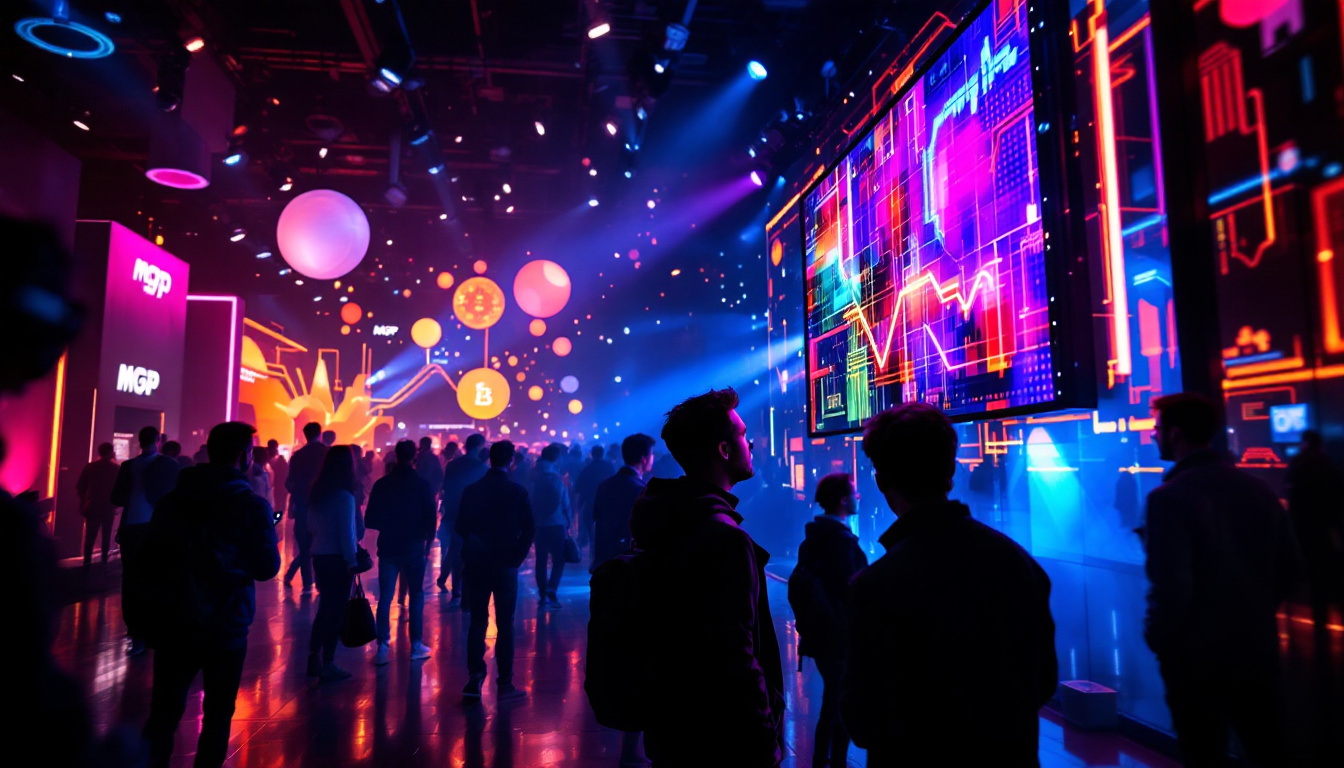Digital Panels For New Cars: LED Display Explained
The automotive industry is rapidly evolving, and one of the most significant advancements in recent years is the integration of digital panels, particularly LED displays, in new vehicles. These displays have transformed the way drivers interact with their cars, providing a more intuitive and engaging experience. This article delves into the technology behind LED displays, their benefits, and their impact on modern automotive design.
Understanding LED Display Technology
What is an LED Display?
LED, or Light Emitting Diode, displays are screens that use semiconductor technology to emit light when an electric current passes through them. Unlike traditional LCD screens, which rely on backlighting, LED displays are capable of producing brighter images with greater contrast ratios. This technology has become increasingly popular in various applications, including televisions, smartphones, and, notably, automotive dashboards.
The core advantage of LED displays lies in their ability to produce vibrant colors and high-definition visuals. This makes them particularly suitable for automotive applications where clarity and visibility are paramount. In addition, LED displays can be designed to be thinner and lighter than their LCD counterparts, allowing for more flexible integration into vehicle interiors. The durability of LED technology also contributes to its appeal; these displays are less prone to damage from shocks and vibrations, making them ideal for the dynamic environment of a vehicle.
Moreover, LED displays are energy-efficient, consuming less power than traditional display technologies. This efficiency not only helps in reducing the overall energy consumption of vehicles but also extends the lifespan of the display units. As automakers increasingly focus on sustainability and fuel efficiency, the adoption of LED technology aligns perfectly with these goals, making it a popular choice in modern vehicle design.
How LED Displays Work
LED displays consist of numerous tiny light-emitting diodes arranged in a grid. Each diode can be controlled individually, enabling the display to show a wide range of colors and images. The technology behind these displays allows for rapid refresh rates, which is crucial for applications requiring real-time information, such as speed, navigation, and vehicle diagnostics.
Furthermore, LED displays can be segmented into different zones, allowing for multitasking features. For instance, a driver can view navigation directions while simultaneously monitoring vehicle performance metrics. This flexibility enhances the overall driving experience by providing essential information at a glance. Additionally, the integration of advanced software algorithms with LED displays enables features such as adaptive brightness, which adjusts the screen’s luminosity based on ambient light conditions. This not only improves visibility but also reduces eye strain during long drives.
Another fascinating aspect of LED technology is its potential for customization. Automotive manufacturers can design displays that reflect their brand identity or even change the display’s visual themes based on the driver’s preferences. This personalization can extend to color schemes, layouts, and even animations, making the driving experience more engaging. As the automotive industry continues to embrace smart technology, the role of LED displays in enhancing user interaction and connectivity is set to grow, paving the way for a new era of automotive design.
Benefits of LED Displays in Modern Vehicles
Enhanced Visibility and Clarity
One of the primary benefits of LED displays is their superior visibility. The brightness of LED screens ensures that information remains clear and legible, even in direct sunlight. This is particularly important for drivers who rely on their dashboards for navigation and other critical data while on the road.
Moreover, the high contrast ratio of LED displays enhances readability, making it easier for drivers to distinguish between different elements on the screen. This clarity reduces distractions and allows drivers to focus on the road ahead, ultimately contributing to safer driving conditions. In low-light situations, such as nighttime driving, LED displays can automatically adjust their brightness, ensuring that they remain visible without causing glare that could impair the driver’s vision.
Customizability and User Experience
LED displays offer a level of customizability that traditional analog gauges cannot match. Manufacturers can design digital panels that reflect the brand’s identity while also catering to individual driver preferences. From customizable color schemes to adjustable layouts, drivers can personalize their dashboard experience.
This customization extends beyond aesthetics; it also includes functionality. Drivers can choose which information is displayed prominently, whether it be navigation prompts, music controls, or vehicle diagnostics. This level of user control enhances the overall driving experience, making it more enjoyable and tailored to individual needs. Furthermore, some systems allow for the integration of driver profiles, enabling multiple users to save their preferences, thus ensuring that each driver can quickly access their ideal setup without needing to reconfigure the display each time they enter the vehicle.
Integration with Advanced Technologies
As vehicles become more technologically advanced, the integration of LED displays with other systems is becoming increasingly common. For example, many new cars feature heads-up displays (HUDs) that project vital information directly onto the windshield, allowing drivers to keep their eyes on the road.
Additionally, LED displays can seamlessly integrate with smartphone applications, enabling drivers to access navigation, music, and communication tools without the need for physical buttons. This connectivity not only simplifies interactions but also enhances safety by minimizing distractions. The ability to utilize voice commands in conjunction with LED displays further streamlines the driving experience, allowing drivers to maintain focus on the road while still accessing critical information. As the automotive industry continues to evolve, the potential for augmented reality features, such as displaying real-time traffic updates or hazard alerts directly on the LED screen, is becoming a reality, promising to revolutionize how drivers interact with their vehicles.
Challenges and Considerations
Cost and Manufacturing Complexity
While LED displays offer numerous advantages, they also come with challenges. The cost of manufacturing high-quality LED displays can be significantly higher than traditional dashboard components. This cost can impact the overall price of the vehicle, making it a consideration for manufacturers and consumers alike. In addition to the initial investment, there are ongoing costs associated with the maintenance and potential replacement of these advanced displays, which can further complicate budgetary considerations for both manufacturers and consumers.
Moreover, the complexity of integrating LED displays into vehicle designs can pose challenges during the manufacturing process. Ensuring that these displays function correctly in various environmental conditions, such as extreme temperatures or humidity, requires careful engineering and testing. This involves not only rigorous quality control but also the development of specialized materials and protective coatings to enhance durability. As a result, manufacturers must invest in advanced research and development, which can extend the timeline for bringing new models to market.
Driver Distraction and Usability
Another concern regarding LED displays is the potential for driver distraction. With the abundance of information available on digital panels, there is a risk that drivers may become overwhelmed or distracted by the interface. Manufacturers must prioritize usability and ensure that critical information is easily accessible without diverting attention from the road. The challenge lies in striking a balance between providing a wealth of information and maintaining a clean, intuitive interface that enhances the driving experience rather than complicating it.
To mitigate this risk, many manufacturers are implementing user-friendly designs that prioritize essential information. Features such as voice commands and steering wheel controls can help minimize distractions, allowing drivers to interact with the display while keeping their focus on driving. Additionally, some companies are exploring adaptive interfaces that learn driver preferences and adjust the information displayed based on context and driving conditions. This innovative approach not only enhances usability but also contributes to a safer driving environment by reducing cognitive load on the driver.
The Future of LED Displays in Automotive Design
Trends in Digital Panel Technology
The future of LED displays in automotive design is promising, with several trends emerging that are likely to shape the industry. One notable trend is the move towards larger, more immersive displays. As technology advances, manufacturers are exploring the potential of curved and multi-screen setups that provide a more engaging experience for drivers and passengers alike.
Additionally, advancements in augmented reality (AR) are set to revolutionize how information is presented on LED displays. AR technology can overlay digital information onto the physical world, providing drivers with real-time data about their surroundings. This could enhance navigation and safety features, making driving more intuitive and informed.
Sustainability and Energy Efficiency
As the automotive industry shifts towards more sustainable practices, the energy efficiency of LED displays is becoming increasingly important. LED technology is inherently more energy-efficient than traditional display technologies, which can contribute to overall vehicle efficiency.
Furthermore, manufacturers are exploring the use of recycled materials in the production of LED displays, aligning with broader sustainability goals. This focus on eco-friendly practices is likely to resonate with consumers who are increasingly concerned about the environmental impact of their purchasing decisions.
Conclusion
Digital panels, particularly LED displays, are transforming the automotive landscape by enhancing visibility, customizability, and integration with advanced technologies. While challenges such as cost and potential driver distraction exist, the benefits of LED displays far outweigh these concerns. As the industry continues to innovate, the future of automotive design looks bright, with LED technology playing a pivotal role in shaping the driving experience.
In summary, the evolution of LED display technology in new cars represents a significant leap forward in automotive design. By prioritizing user experience and safety, manufacturers can create vehicles that not only meet the demands of modern drivers but also pave the way for a more connected and sustainable future.
Discover the Future of Automotive LED Displays with LumenMatrix
As you envision the next generation of automotive design, consider the role of advanced LED display technology in enhancing your driving experience. LumenMatrix stands at the forefront of this innovation, offering a spectrum of LED display solutions that redefine visual communication within vehicles. From immersive Indoor LED Wall Displays to dynamic Vehicle LED Displays, our products are designed to integrate seamlessly into your automotive environment, providing unparalleled clarity, customization, and user engagement. We invite you to check out LumenMatrix LED Display Solutions and join us in driving the future of digital panels forward.

